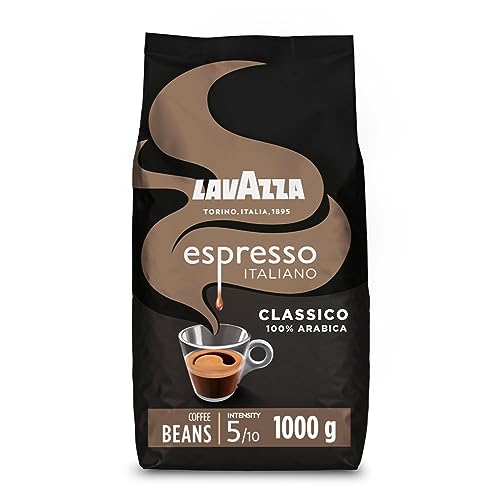What Is Coffee Bean And Why Is Everyone Speakin' About It?

What Are Coffee Beans?
The coffee beans you drink are actually seeds from an edible fruit known as a coffee cherry. The coffee plant is perennial, meaning that it will return year after year.
Coffee beans have high levels of certain compounds - such as caffeine, so they should be consumed in moderation. Find out more about this well-known seed.
Origin
Coffee is a beverage made from the roasted seeds (beans) of the coffee plant. Beans are a well-known and lucrative international commodity. Coffee plants are woody evergreen plants that flourish in the tropical regions. The Bean Belt includes the areas close to the Tropic of Cancer, and the Tropic of Capricorn.
The most popular story about the origin of coffee begins in Ethiopia with a goatherder named Kaldi. online coffee beans noticed that the bright red berries produced by certain coffee plants caused his goats to be more energetic. Kaldi shared this discovery with an abbot of an adjacent monastery who prepared a drink using the berries. The energetic effect of the berries grew.
Currently coffee beans are made by two main varieties of Coffea plants: Arabica and Robusta. Robusta is most commonly found in Africa and Indonesia and is generally less expensive than arabica. There are also many smaller varieties that are a mix of robusta and arabica. These beans are referred to as peaberries, and are more flavorful than standard beans.
During the process of roasting, beans lose their moisture which could result in them becoming stale and bitter. It is important to only utilize fresh, high-quality beans for your coffee.
Flavor
The bean type, process and climate can affect the four elements of taste: bitterness and acidity as well as sweetness and saltiness. The degree of these elements can create a wide range of flavor profiles that range from sweet and fruity to nutty and even smoky.
When coffee beans are heated, they react with amino acids within the seeds, resulting in hundreds of unique aromatic compounds that affect their flavor profile. This reaction is known as the Maillard Reaction, and it occurs in virtually all cooking. The aroma of beans cooked reflect these compounds.

The Maillard Reaction is responsible for the overall flavor, but volatile and nonvolatile compounds can also play a role in the flavor of coffee. Unroasted or green beans can have a taste that is sweet, floral or earthy. Bitterness is usually related to roasts that are full-bodied and contain more caffeine, but it could also be due to improper brewing techniques or storage.
Flavored coffee beans contain flavor oils on them which preserve the beans and add a certain aroma and taste. The flavor oils can be a mixture of chemicals and natural flavors like chocolate, cinnamon, vanilla. The flavors are attached to the beans with the chemical compound polyphenol.
Health Benefits
Coffee beans are a good source of potassium, magnesium and B vitamins. They also provide a wealth of antioxidants, which prevent the effects of oxidative stress (which leads to chronic diseases like cancer and atherosclerosis). The antioxidant chlorogenic acid found in coffee beans is particularly beneficial against obesity-related ailments, like high cholesterol and diabetes.
Coffee is a natural boost of energy that makes people feel more alert. Caffeine stimulates neurochemicals that improves memory, alertness, and cognitive function. It also helps to regulate blood sugar levels. Studies have shown that moderate consumption of coffee can reduce the risk of developing Parkinson's disease and dementia, and also boost mood, happiness as well as energy and concentration.
Anti-ageing: The antioxidants present in coffee (including chlorogenic acids and caffeine) act as an natural moisturizer for the skin increasing cell turnover and diminishing the appearance of wrinkles and fine lines. They also have UV protection properties, which block light and avoiding sun-induced damage to the skin.
Anti-depressant: Coffee beans can be used as an anti-depressant by increasing serotonin and dopamine in the brain to boost the levels of happy hormones. It also eases inflammation and pain and pain, acting as a natural painkiller and enhancing the effectiveness medical painkillers. Cafestol and Kahweol are diterpene esters compounds that have lipolytic qualities. They can help reduce cellulite.
Caffeine
Coffee is a popular drink across the globe. It is now an integral part of most morning routines. Coffee beans are the seeds of the coffee plant, or the coffee cherry. They contain caffeine, a natural stimulant. The caffeine in coffee can differ depending on how the bean is made, roasted, and brewed. There are a few rules that can help you select the best coffee.
The average coffee bean has approximately 2 milligrams per bean. However the exact amount may depend on the size and how darkly it was roast. It is a common misconception that coffee beans that are darker roasted contain more caffeine than lighter roasted ones. It's not the case. A dark roast coffee bean is likely to have less caffeine than light roasts due its lower density, but the total amount of caffeine will be the same.
The daily limit recommended for caffeine is 400 milligrams. A typical cup of coffee has 95 milligrams. If you're not sensitive to caffeine staying within this range will not cause any adverse consequences. If you're not sensitive to caffeine can still enjoy their coffee, but it's essential to be aware of the amount caffeine you're taking in and to avoid overdoing it.
